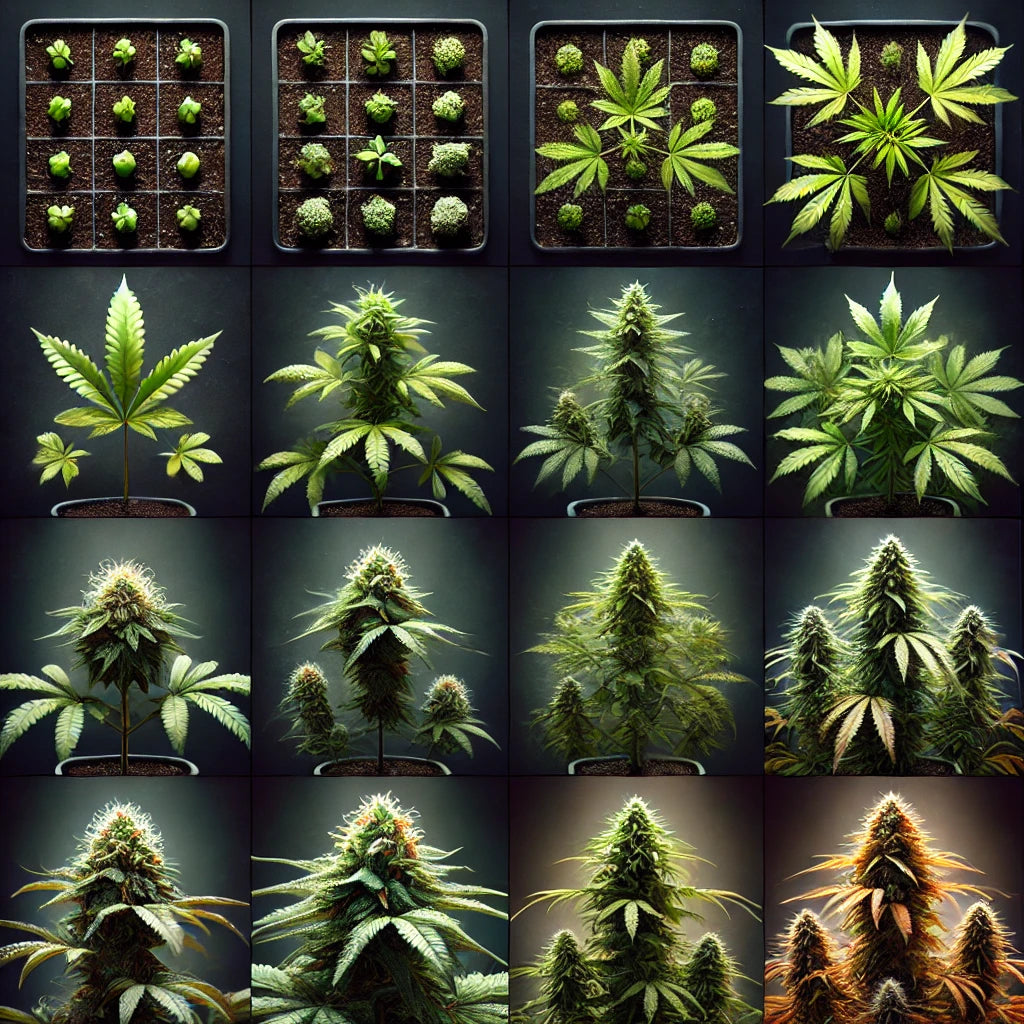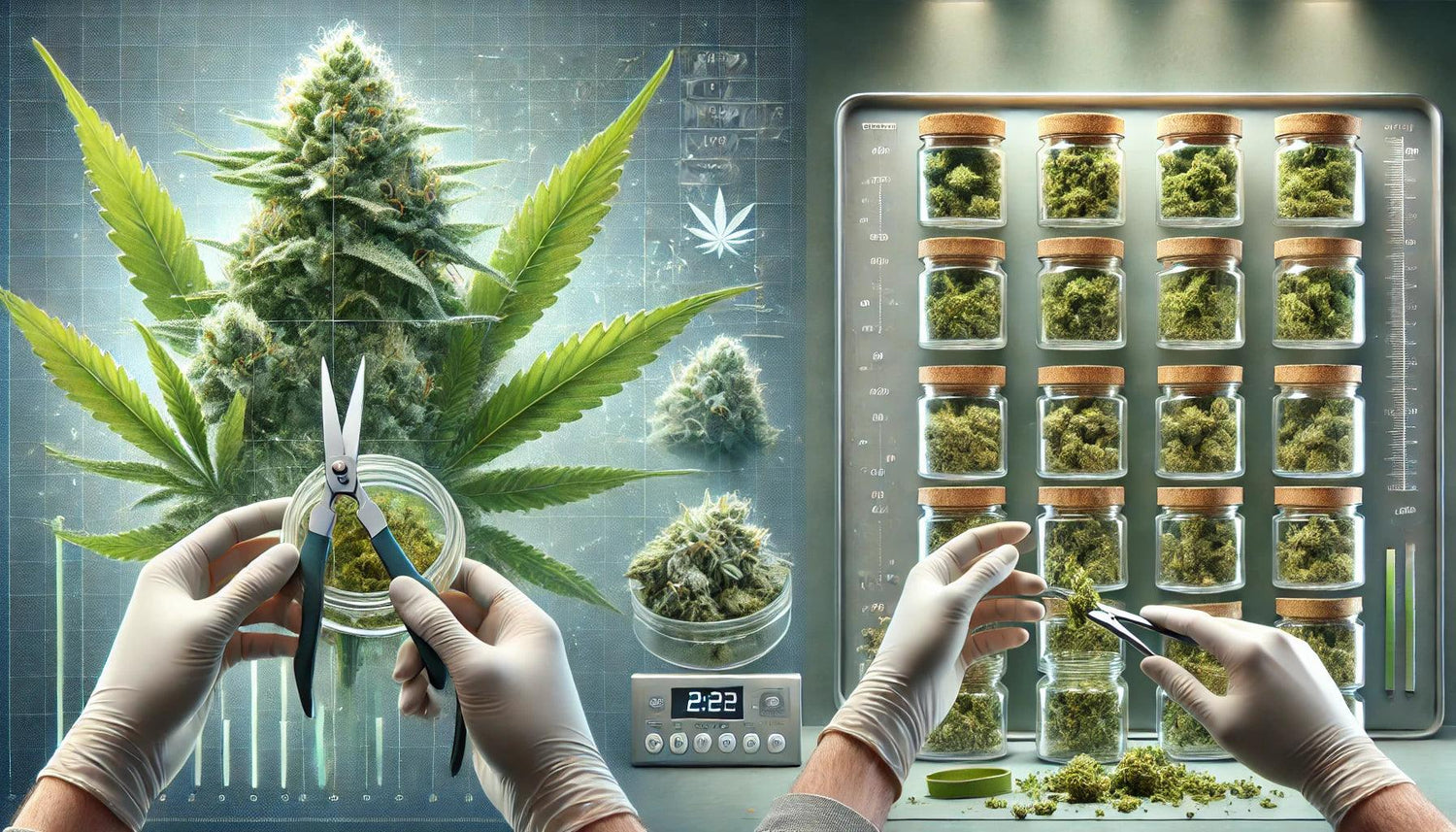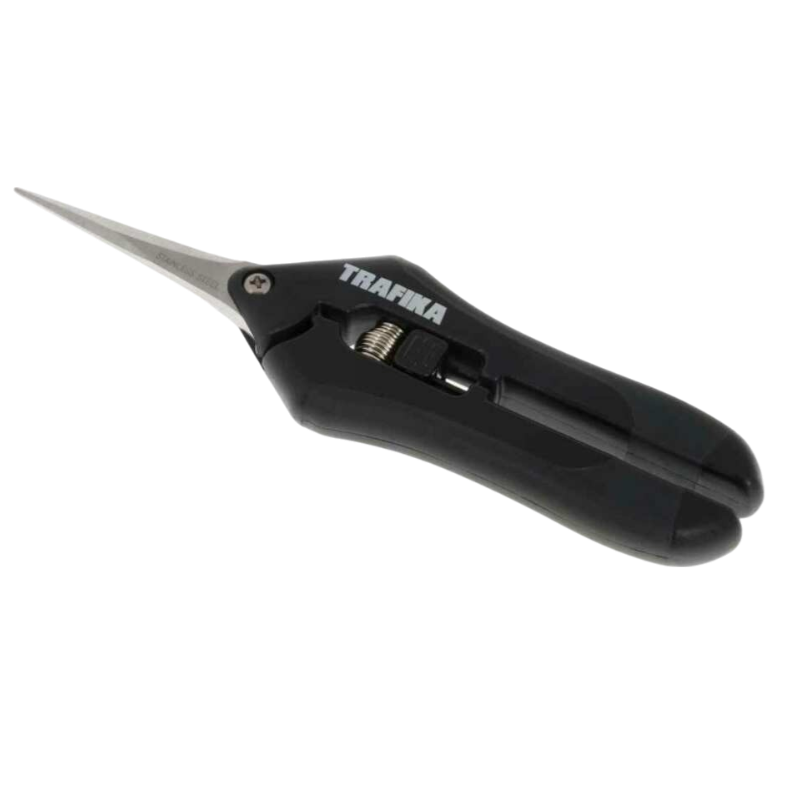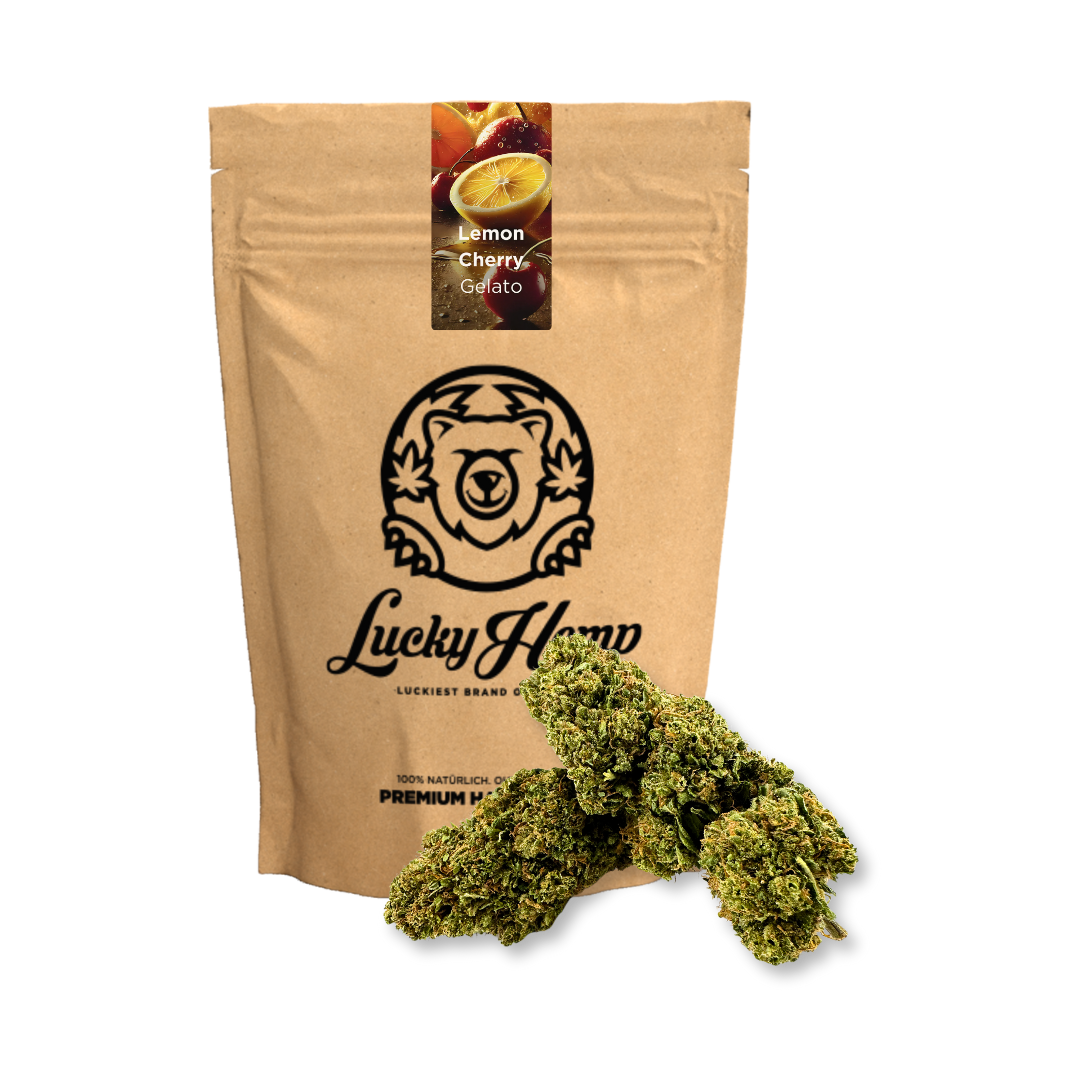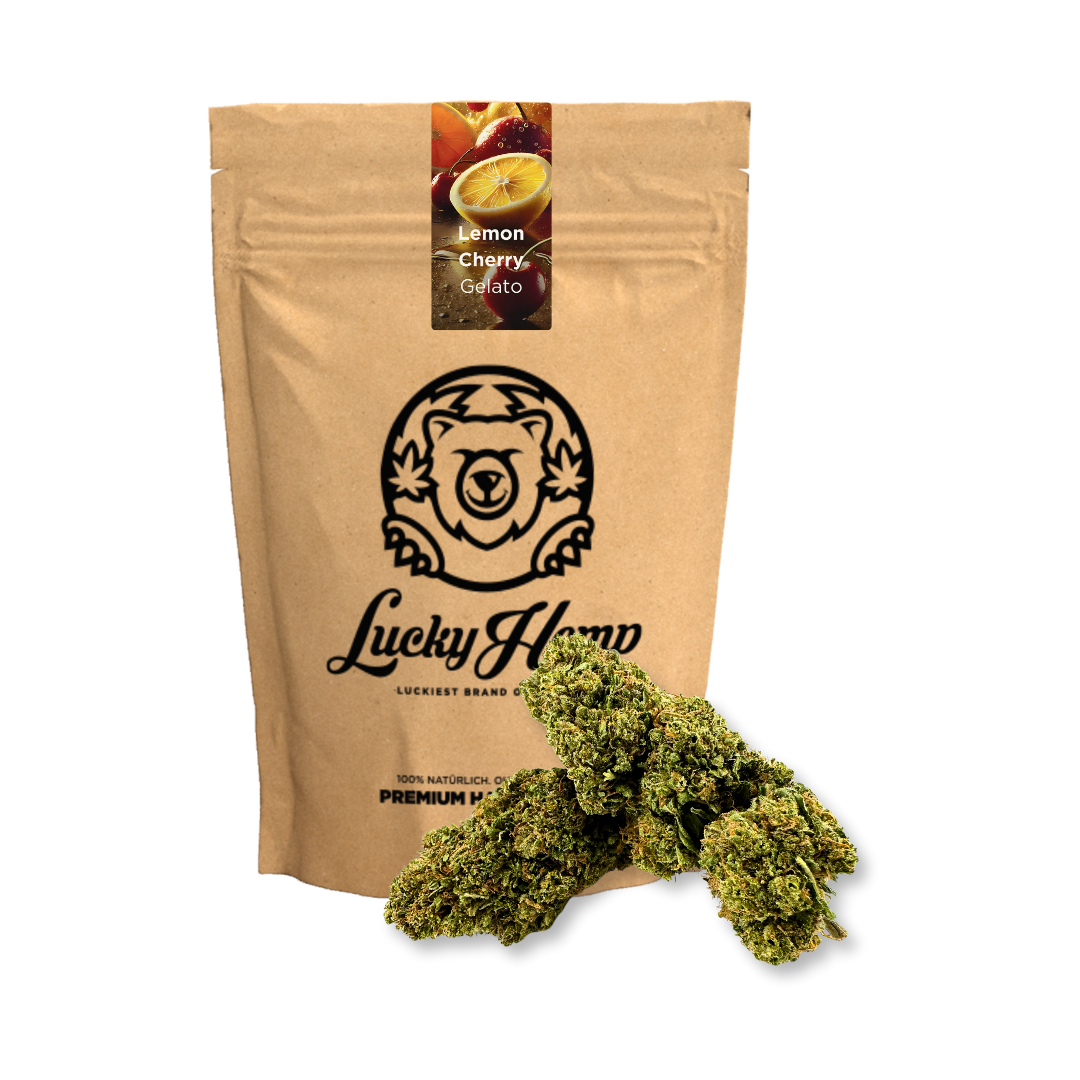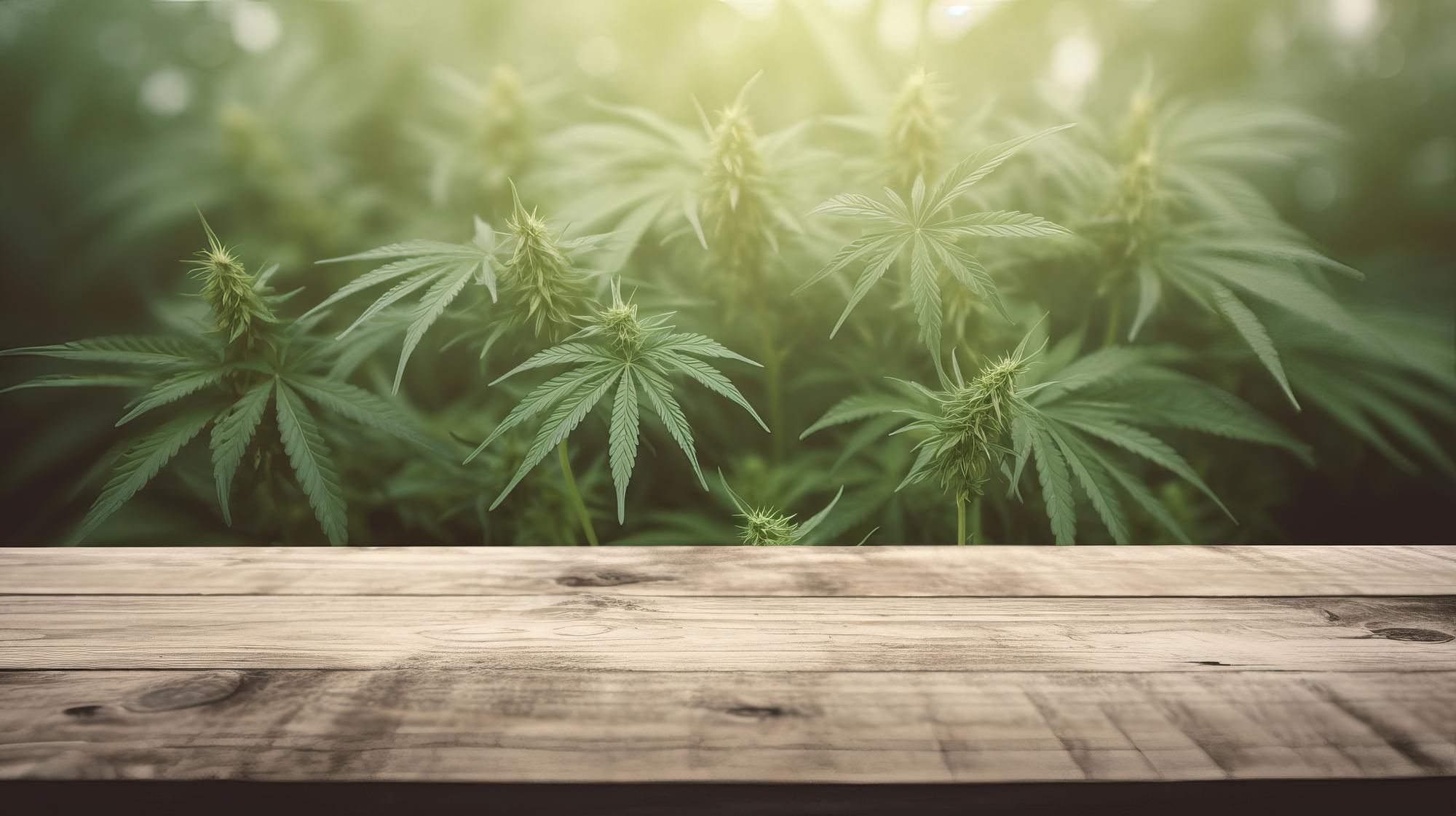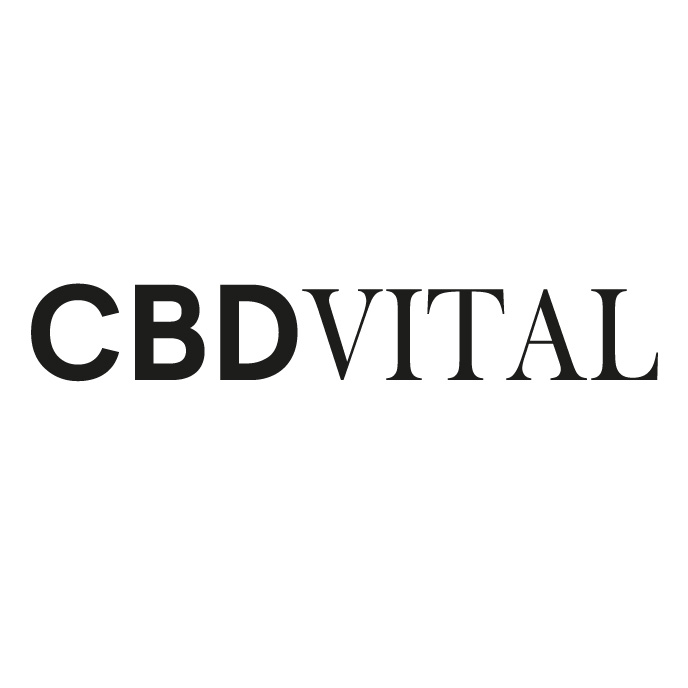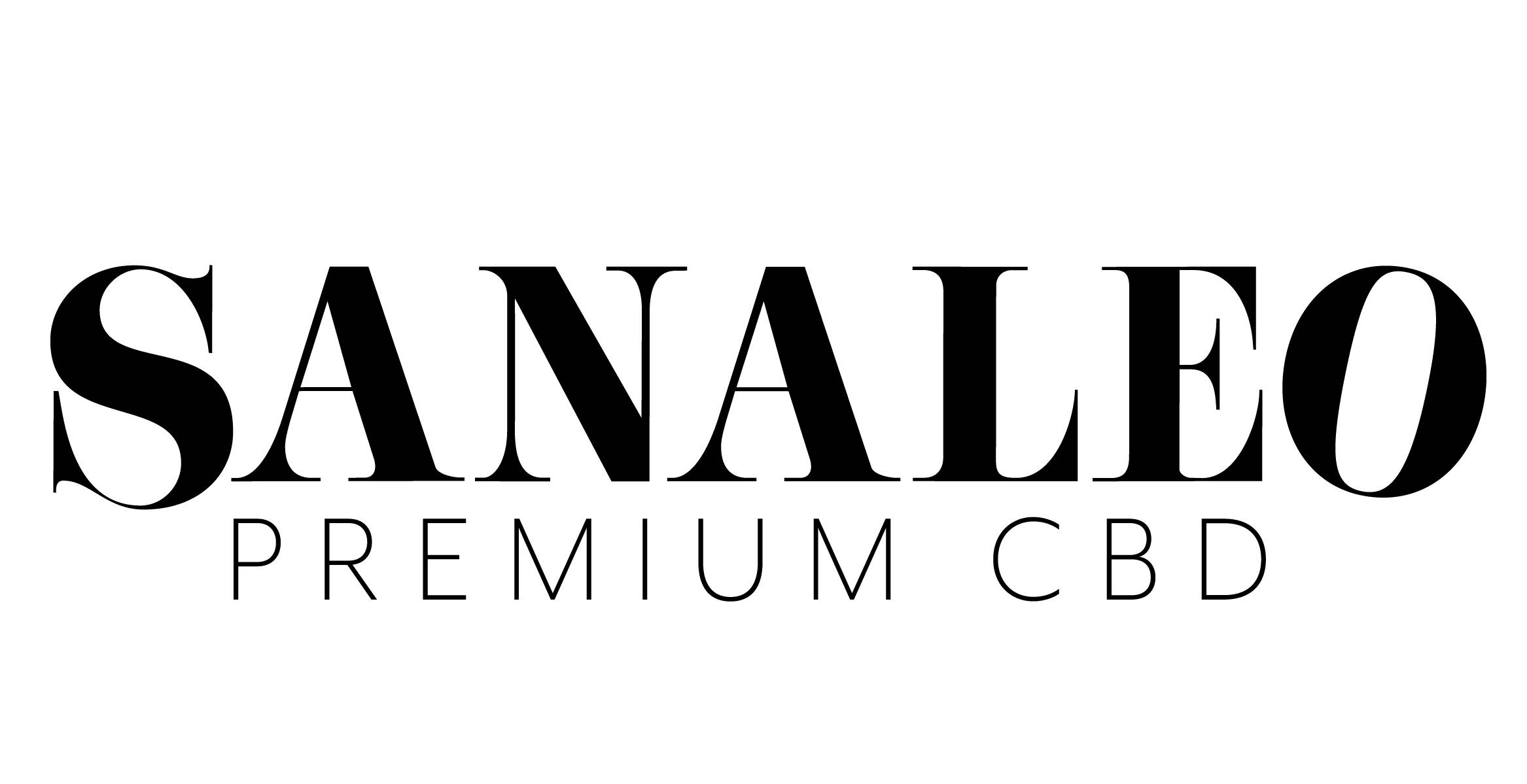1. Harvesting and drying: The first step to quality assurance
The processing of CBD flowers begins in the field. The right time to harvest is crucial for the quality of the final product. Ideally, the flowers are harvested when they have the highest CBD content, which is usually around 8-10 weeks after flowering.
The perfect harvest time
To determine the optimal harvest time, experienced farmers pay attention to various indicators:
- Color of the trichomes (should be milky white)
- Discoloration of the leaves (start to change color)
- Consistency of the flowers (firm, but not too dry)
The harvest is usually done by hand so as not to damage the delicate flowers. The critical drying process begins immediately after the harvest.
The drying process
Drying is a crucial step that significantly influences the quality and effectiveness of the CBD. The aim is to reduce the moisture content of the flowers to around 10-12%. This takes place in special drying rooms under controlled conditions:
| parameter | Optimal range |
|---|---|
| temperature | 15-21°C |
| humidity | 45-55% |
| Length of time | 5-15 days |
Drying too quickly can lead to a loss of valuable terpenes, while drying too slowly increases the risk of mold growth. The entire process is carefully monitored to ensure the highest possible quality.
Post-treatment and storage
After drying, the flowers are carefully separated from the stems and stored in airtight containers for at least two weeks. This process, known as "curing," improves the taste and aroma of the flowers and stabilizes the CBD content.
Only after these steps have been completed are the CBD flowers ready for further processing. The careful execution of harvesting and drying lays the foundation for high-quality CBD products and is therefore of immense importance for the entire processing process.
2. Extraction: How CBD is extracted from the flowers
After careful harvesting and drying, the next crucial step in CBD flower processing follows: extraction. This involves separating and concentrating the valuable CBD and other cannabinoids and terpenes from the plant parts.
Common extraction methods
There are different methods to extract CBD from hemp flowers. Each has its own advantages and disadvantages:
- CO2 extraction
- Ethanol extraction
- Oil extraction
CO2 extraction is considered the most modern and effective method, while oil extraction is often used for smaller batches or home use.
CO2 extraction: The gold standard
CO2 extraction has established itself as the preferred method in professional CBD production. It involves bringing carbon dioxide under high pressure and low temperature into a supercritical state in which it exhibits properties of both a gas and a liquid.
The process typically goes like this:
- The supercritical CO2 is passed through the plant materials.
- It releases the desired compounds (CBD, other cannabinoids, terpenes) from the plants.
- The CO2 is converted back into a gaseous state, causing it to evaporate.
- What remains is a concentrated extract.
Advantages of CO2 extraction
| Advantage | Description |
|---|---|
| purity | Very pure extracts without solvent residues |
| Efficiency | High yield of CBD and other cannabinoids |
| Environmental friendliness | CO2 can be recycled and reused |
Despite the high initial investment in equipment, this method has become established in the industry due to its advantages.
Further processing of the extract
After extraction, the raw extract undergoes further processing steps. These can vary depending on the desired end product:
- Winterization: removal of waxes and lipids
- Distillation: Further concentration and purification of the extract
- Isolation: Production of pure CBD isolate
Depending on the intended use, the extract can be further processed into full-spectrum oils, broad-spectrum products or pure CBD isolate. The choice of extraction method and the subsequent steps has a decisive influence on the quality and effectiveness of the final product.
With the extraction process completed, an important milestone in CBD flower processing has been reached. The extract obtained forms the basis for a variety of CBD products that will be developed in the next processing steps.
3. Laboratory analysis and quality control: safety first
After extraction, a crucial step in CBD flower processing follows: comprehensive laboratory analysis and quality control. This process is of central importance to ensure the safety, purity and effectiveness of CBD products.
Why laboratory analyses are so important
Laboratory analyses serve several purposes:
- Determining the exact CBD content
- Detection of other cannabinoids (THC, CBG, CBN etc.)
- Checking for pollutants and contaminants
- Ensuring legal compliance
These analyses are not only essential for product safety, but are also of great importance for transparency towards consumers.
Tests performed
Various analyses are carried out in specialized laboratories:
| Test type | Purpose |
|---|---|
| Cannabinoid profile | Determination of the concentration of various cannabinoids |
| Terpene profile | Analysis of the terpenes present and their concentrations |
| Heavy metal test | Checking for dangerous metals such as lead, mercury, etc. |
| Pesticide test | Detection of residues from cultivation |
| Microbiological test | Control for mold, bacteria and other microorganisms |
The quality control process
Quality control is a multi-stage process:
- Sampling: Representative samples are taken from each production batch.
- Laboratory analysis: The samples undergo various tests in accredited laboratories.
- Evaluation: The results are compared with the quality standards and legal requirements.
- Documentation: All test results are carefully documented.
- Release or rework: Depending on the result, the batch is released or needs to be reworked.
Importance of certification
Certification by independent laboratories is an important trust factor for consumers. Many manufacturers publish the Certificates of Analysis (COAs) of their products to ensure transparency.
A typical COA contains information about:
- Cannabinoid concentrations
- THC content (must be below the legal limit)
- Terpene profile
- Absence of pollutants
Continuous improvement
Quality control is not a one-time procedure, but a continuous process. Manufacturers use the results of laboratory analyses to continuously optimize their production processes and improve the quality of their products.
Strict laboratory analysis and quality control ensure that only safe and high-quality CBD products come onto the market. This creates trust among consumers and contributes to the seriousness of the entire CBD industry.
4. Product development: From pure CBD oil to innovative applications
After successful extraction and quality control, the exciting phase of product development begins. Here, the extracted CBD is brought into various formulations and application forms in order to meet the diverse needs of consumers.
Basic forms of CBD products
The basis of many CBD products is three main forms:
- Full spectrum CBD: Contains all cannabinoids and terpenes of the plant
- Broad spectrum CBD: Similar to full spectrum, but THC-free
- CBD isolate: Pure CBD without other cannabinoids or terpenes
Depending on the desired effect and legal requirements, manufacturers choose the appropriate form for their products.
Common CBD products
The product range in the CBD sector is now very extensive. Some of the most popular products are:
| Product type | Description | Typical application |
|---|---|---|
| CBD oils | CBD dissolved in a carrier oil | Sublingual (under the tongue) |
| CBD capsules | CBD in capsule form | Oral intake |
| CBD creams | Topical applications | Apply to the skin |
| CBD Gummies | Edible CBD products | Oral intake |
Innovative product developments
The CBD industry is constantly looking for new, innovative products. Some interesting recent developments include:
- CBD-infused drinks
- Nano-emulsified CBD for better bioavailability
- CBD patches for transdermal use
- CBD inhalers for quick absorption
The development process
The development of new CBD products usually follows a structured process:
- Market research and idea generation
- Concept development and formulation
- Prototyping and initial tests
- Stability tests and shelf life studies
- Sensory evaluations (for food and beverages)
- Adjusting the formulation based on test results
- Final product testing and quality assurance
Challenges in product development
There are some specific challenges to overcome when developing CBD products:
- Ensuring consistent dosing
- Improving the bioavailability of CBD
- Masking the natural taste of CBD (in food)
- Compliance with regulatory requirements in various markets
Future trends
The future of CBD product development promises to be exciting. Some trends that are emerging:
- Personalized CBD products based on individual needs
- Combination of CBD with other natural active ingredients
- Increased focus on environmentally friendly and sustainable products
- Development of products with improved bioavailability
Product development is a crucial step in the value chain of the CBD industry. It connects the extraction of raw materials with the needs of consumers and drives innovation. Continuous research and development results in new, more effective and user-friendly CBD products that further exploit the potential of this versatile substance.
5. Packaging and distribution: the path to the end consumer
The final step in CBD flower processing is the packaging and distribution of the products. This process is crucial for protecting product quality, complying with regulatory requirements, and successfully marketing to the end consumer.
Packaging requirements
The packaging of CBD products must fulfill several functions:
- Protect the product from light, air and moisture
- Ensuring durability
- Providing important product information
- Compliance with legal requirements
- Attractive design for sales
Packaging materials and shapes
Depending on the product type, different packaging solutions are used:
| Product type | Typical packaging | Special features |
|---|---|---|
| CBD oils | Dark glass bottles with pipette | Light protection, precise dosage |
| CBD capsules | Blister or plastic container | Moisture protection, child safety lock |
| Topical products | Tubes or jars | Hygienic application, airtightness |
| Food | Sealed bags or cans | Freshness protection, convenience |
Labelling and marking
Correct labelling is not only required by law, but also an important tool for consumer information. Typical information includes:
- Product name and description
- CBD content and dosage recommendation
- Ingredients and allergen warnings
- Batch number and expiry date
- Manufacturer information and contact details
- Legal notices and warnings
Distribution channels
CBD products reach consumers through various channels:
- Online shops: Order directly from the manufacturer or via e-commerce platforms
- Retail: Sales in pharmacies, health food stores or specialized CBD shops
- Wholesale: supply to retailers and intermediaries
- Direct sales: Sales through consultants or at trade fairs
Logistics and storage
Efficient logistics is crucial for quality assurance and punctual delivery:
- Temperature-controlled storage to maintain product quality
- Tracking systems for complete traceability
- Compliance with transport regulations, especially in cross-border trade
Challenges in sales
The distribution of CBD products involves some specific challenges:
- Different legal frameworks in different countries and regions
- Educating consumers about CBD and its effects
- Differentiation from dubious providers and products
- Adapting to changing market conditions and consumer trends
Future trends in CBD sales
The distribution landscape for CBD products is constantly evolving. Some trends for the future include:
- Increased integration of online and offline sales channels
- Personalized product recommendations based on customer data
- Expansion of subscription models for regular deliveries
- Increasing importance of sustainability aspects in packaging and logistics
Careful planning and implementation of packaging and distribution is crucial for the success of CBD products on the market. It ensures that high-quality products find their way to the end consumer safely and effectively, while meeting all legal and quality requirements.

